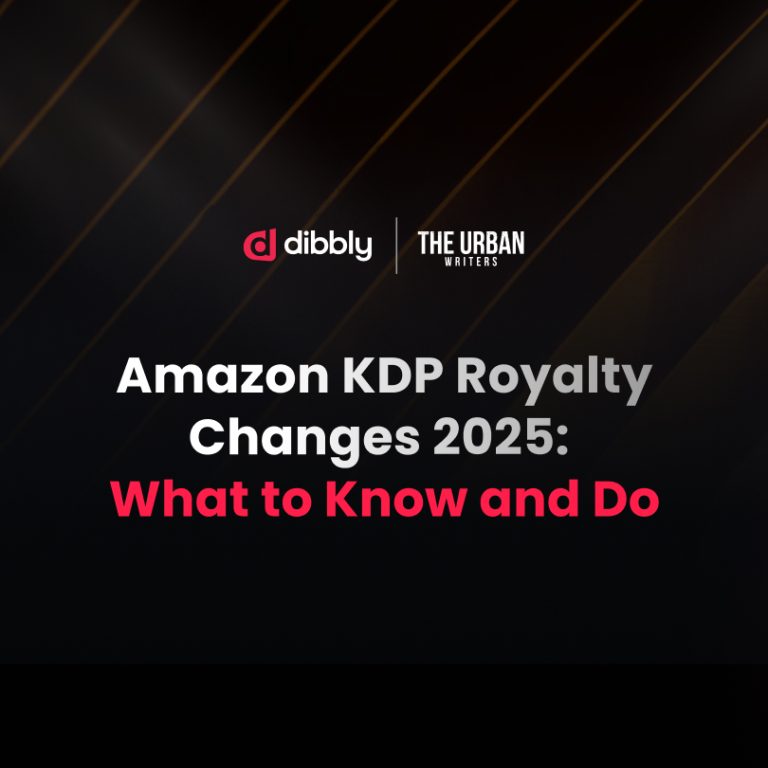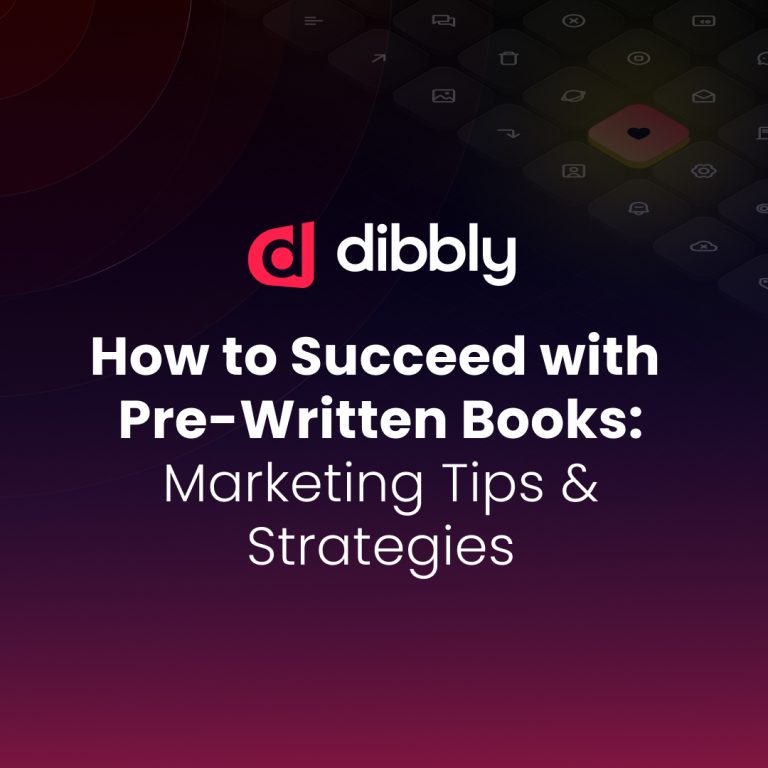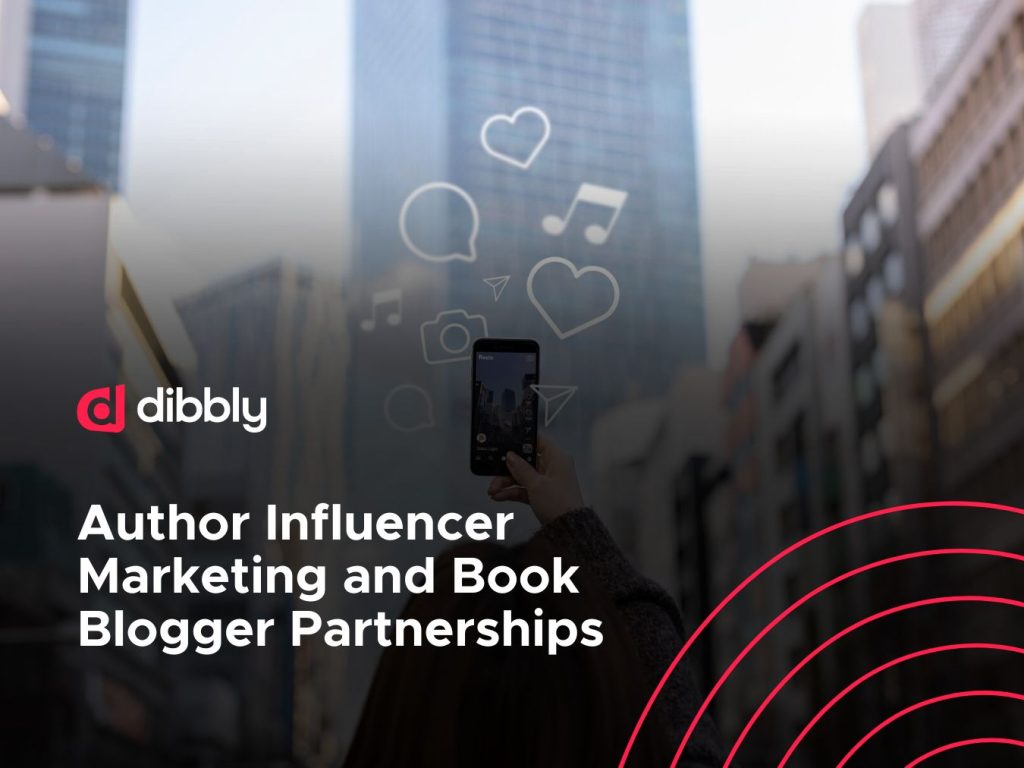In today’s digital age, creating the type of content that your audience can relate to is more important than ever. With so much content available online, it can be challenging to capture the attention of your audience and drive engagement. However, the power of storytelling can be harnessed to create content that not only grabs your audience’s attention but also connects with them on a deeper level.
This article will cover the key elements of creating compelling content, including understanding your audience, leveraging storytelling techniques, and creating visual appeal. We will also discuss the advantages of working with professional content creators and how they can help you create compelling content that inspires.
By following best practices and using the power of storytelling, you can create content that resonates with your audience, drives engagement, and helps you achieve your business goals.
What Is Storytelling?
Storytelling is the art of conveying a message through a narrative. It’s been used for thousands of years to entertain, educate, and inspire people. Stories have the power to engage people emotionally, inspire them, and change their behavior. Stories can help you create content that resonates with your audience and helps you build stronger relationships with them.
In the digital age, storytelling has taken on new importance as an essential tool for brands and individuals. At its core, storytelling is about conveying a message in a way that connects with people emotionally.
Stories have the power to transport us to new places, make us feel emotions, and help us understand complex ideas in a more relatable way. A good story can make us laugh, cry, or feel inspired, and it can leave a lasting impression on our minds.
Some of the key elements of effective storytelling are:
- Authenticity—The best stories are those that are true to the storyteller’s experience and personality, and they are told in a way that feels genuine and relatable. This is particularly important for brands, who are often trying to create a connection with their audience. People are more likely to trust and engage with a brand that shares its story in an honest and authentic way.
- Structure—A good story has a clear beginning, middle, and end, and it follows a logical progression that leads the audience to a satisfying conclusion. A strong story also has characters that are relatable and interesting, and it creates a sense of tension or conflict that keeps the audience engaged.
- Understand the audience—A good storyteller knows who they are speaking to and tailors their message to resonate with their audience’s interests, values, and emotions. This is particularly important for brands, who must understand their target audience’s needs and desires in order to create content that is relevant and impactful.
By leveraging the power of storytelling, we can create content that connects with people on a deeper level and leaves a lasting impression.

Why Storytelling Is So Powerful
Storytelling is a powerful tool because it can connect with people emotionally. People are wired to respond to stories because stories activate different parts of our brains than facts and data do. Stories can help people understand complex ideas in a simple and relatable way. They can also help people remember information better. When you tell a story, you create an emotional connection with your audience, which can make your message more memorable and impactful.
At its core, storytelling taps into our innate human need for connection and understanding, making it a fundamental aspect of human culture for centuries. Stories allow us to explore different perspectives and experiences, and they help us empathize with others by giving us a glimpse into their lives and emotions.
Stories engage multiple parts of our brains and activate areas associated with language processing, memory, and sensory perception, creating a more vivid and memorable experience for the audience. They also create an emotional connection between the storyteller and the audience, evoking strong emotional responses that can be a powerful motivator for action.
Storytelling simplifies complex ideas and makes them more relatable, helping our brains to process and remember information better. Additionally, stories are a universal language, told in every culture and language, bridging divides and creating connections between people who might otherwise have little in common. Stories can also help us to understand different cultures and perspectives, crucial in an increasingly globalized world.
Character Development
Character development is a vital component of any good story, involving creating well-rounded and relatable characters that grow throughout the narrative. To achieve this, writers should start by giving their characters unique personalities, motivations, and goals consistent with their backstory and world. A strong backstory can give a character depth and complexity, making them more than just two-dimensional figures.
As the story progresses, the characters should face meaningful challenges that impact their growth and development. The way they respond to these challenges reveals their strengths, weaknesses, and values. Characters should not remain static; they should evolve and learn as a result of their experiences, driven by internal struggles and conflicts.
Relationships with other characters can be used to deepen character development, revealing much about their personalities and motivations. The dynamics between characters, their interactions, conflicts, and alliances, can all play a role in developing their character.
Symbolism and imagery can also provide deeper insights into a character’s psyche, connecting the audience with the character on an emotional level.
It’s important to remember that character development is an ongoing process that should remain consistent and believable. Writers should continue to develop their characters throughout the story, ensuring they resonate with the audience and leave a lasting impression. Effective character development captivates the audience and makes them emotionally invested in the story.
Riveting Content Creation
In the digital age, content creation has become a crucial part of marketing and advertising strategies. With an overwhelming amount of content available online, creating content that stands out and captures the attention of your target audience can be challenging. To create compelling content that resonates with your audience, there are several key elements to consider:
- Audience—The first element is understanding your audience. To create content that connects, you must know who you are targeting and what they are interested in. You need to understand their needs, preferences, and pain points. This information can be gathered through research, surveys, and social media listening tools.
- Relevancy—Once you understand your audience, the next step is to create content that is relevant and engaging. The content should be informative, entertaining, and valuable to your audience. It should address their problems and provide them with solutions. You can also use storytelling techniques to make the content more relatable and emotional.
- Visual appeal—Another crucial element of compelling content creation is visual appeal. The content should be visually appealing and easy to read. It should have a clear structure with headings, subheadings, and bullet points to make it scannable. You can also use high-quality images, infographics, and videos to make the content more engaging.
- Uniqueness—The next element is uniqueness. To create compelling content, you need to differentiate yourself from your competitors. You can achieve this by adding your personal touch or unique perspective. You can also provide fresh insights or research that is not available elsewhere. This will make your content stand out and capture the attention of your audience.
- Promotion—The final element is promotion. Creating compelling content is only half the battle. You also need to promote it to your target audience. This can be done through social media, email marketing, and paid advertising. By promoting your content, you can reach a wider audience and generate more engagement.
Creating compelling content requires a deep understanding of your audience, engaging and valuable content, visual appeal, uniqueness, and promotion. By incorporating these elements into your content creation strategy, you can create content that connects with your audience, captures their attention, and drives engagement.
How to Use Storytelling in Your Content
Now that you understand the power of storytelling, let’s explore how you can use it in your content. Here are some tips:
Know Your Audience
To create content that resonates with your audience, you need to understand who they are, what they care about, and what motivates them. Conduct market research and customer surveys to gain insight into your audience’s needs, interests, and pain points.
Choose the Right Story
Choose a story that resonates with your audience and aligns with your brand values. The story should be relevant, relatable, and memorable. It should also have a clear message that ties back to your brand’s mission and values.
Make it Personal
Use personal stories to make a connection with your audience. Share stories about your own experiences or the experiences of your customers. Personal stories are more relatable and can help build trust with your audience.
Keep it Simple
Your story should be simple and easy to understand. Avoid using jargon or complex language that could confuse your audience. Use language that your audience is familiar with and can relate to.
Use Visuals
Visuals can help bring your story to life and make it more engaging. Use images, videos, and infographics to help illustrate your story and make it more memorable.
Create a Narrative Arc
Every good story has a beginning, middle, and end. Use a narrative arc to structure your story and build suspense. This will help keep your audience engaged and interested in your content.
Be Authentic
Authenticity is key to creating content that resonates with your audience. Be honest and transparent in your storytelling. Don’t try to manipulate your audience or deceive them in any way. People can sense when someone is being insincere, and it can erode trust.
Call to Action
Every good story should have a call to action. Use your story to inspire your audience to take action. Whether it’s to make a purchase, sign up for a newsletter, or share your content, your call to action should be clear and compelling.
Examples of Storytelling in Action
Here are some examples of brands that have successfully used storytelling in their content:
Nike’s “Dream Crazy” Campaign
Nike’s “Dream Crazy” campaign featuring Colin Kaepernick was a powerful example of storytelling. The ad featured a simple but powerful “Believe in something. Even if it means sacrificing everything.” This message was delivered through a powerful story that resonated with Nike’s target audience. The ad received widespread attention and sparked a national conversation about racial injustice and freedom of speech.
Airbnb’s “Live There” Campaign
Airbnb’s “Live There” campaign was another great example of storytelling. The campaign used personal stories to promote the idea of living like a local while traveling. The campaign featured a series of short films that showcased the experiences of Airbnb hosts and guests. These stories helped to humanize the brand and make it more relatable to its audience.
Coca-Cola’s “Share a Coke” Campaign
Coca-Cola’s “Share a Coke” campaign was a clever example of using storytelling to create a sense of community. The campaign featured bottles of Coke with people’s names on them, encouraging people to share a Coke with someone they care about. The campaign was a huge success and helped to strengthen Coca-Cola’s emotional connection with its audience.
Professional Content Creators
Content creation is an essential aspect of modern marketing and advertising strategies. Professional content creators are individuals or teams with expertise in producing high-quality content for businesses and organizations. They can offer a variety of services, including copywriting, video production, social media management, graphic design, and content strategy. These professionals possess the knowledge and experience to create content that meets their client’s specific needs and goals and resonates with their target audience.
One of the main benefits of working with professional content creators is their ability to provide a fresh perspective on a business or organization. They can offer new ideas and approaches to a content strategy, as well as valuable insights into the target audience, resulting in content that is engaging and effective.
Professional content creators are also skilled in creating consistent content aligned with a brand’s tone and voice. They can develop a style guide to ensure all content is consistent and aligned with the brand’s values and personality, building trust and credibility with the audience.
Working with professional content creators allows access to the latest tools and technologies, such as video editing software and graphic design tools, to create visually appealing and engaging content.
Finally, outsourcing content creation to professional content creators saves time and resources for businesses and organizations. It allows them to focus on other aspects of their business while maintaining a high-quality content strategy.
In summary, professional content creators play a crucial role in modern marketing and advertising. They offer a range of services that help businesses and organizations create high-quality content that resonates with their target audience, maintains consistency, leverages the latest tools and technologies, and saves time and resources.
Final Thoughts
In conclusion, incorporating storytelling elements into your content strategy can make your content more engaging and relatable to your audience. To ensure success, focus on your audience’s needs, preferences, and pain points while using visual appeal to enhance readability.
To differentiate yourself from competitors, add a personal touch or unique perspective to your content, and promote it to reach a wider audience. By following these tips, you can create content that captivates your audience, drives engagement, and ultimately achieves your business goals.













